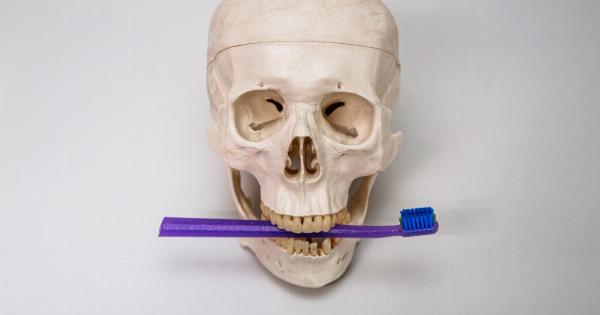Mental illnesses are conditions that affect a person’s thinking, feeling, behavior, and overall wellbeing. They can range from common disorders like anxiety and depression to more severe conditions like schizophrenia and bipolar disorder.
While each mental illness has its unique characteristics, there is often a shared factor that underlies these conditions.
The Role of Genetics
Genetics play a significant role in the development of mental illnesses. Research has shown that certain genetic factors can predispose individuals to certain conditions.
For example, studies have found that individuals with a family history of schizophrenia have a higher likelihood of developing the disorder themselves. Similarly, genetic variations have also been linked to conditions like bipolar disorder and depression.
Neurotransmitter Imbalance
Neurotransmitters are chemical messengers in the brain that help regulate mood, emotions, and other cognitive functions. An imbalance in these neurotransmitters can contribute to the development of mental illnesses.
For instance, low levels of serotonin have been associated with depression, while abnormalities in dopamine regulation have been linked to conditions like schizophrenia.
Exposure to Trauma and Stress
Experiencing trauma or chronic stress can have a significant impact on mental health. Prolonged exposure to stressful events can disrupt the brain’s stress response system and lead to the development of mental illnesses.
Traumatic experiences such as abuse, neglect, or witnessing violence can also increase the risk of developing conditions like post-traumatic stress disorder (PTSD) or anxiety disorders.
Environmental Factors
Environmental factors, such as childhood experiences and living conditions, can contribute to the development of mental illnesses.
Adverse childhood experiences, including abuse, neglect, or household dysfunction, have been found to increase the risk of developing mental health disorders later in life. Additionally, factors like poverty, social isolation, or unstable living environments can also impact mental wellbeing.
Developmental Factors
The timing and progression of normal brain development can influence the susceptibility to mental illnesses.
During critical periods of brain development, exposure to certain risk factors or disruptions in the normal developmental process can increase the likelihood of developing mental health conditions. This is particularly evident in conditions like autism spectrum disorders or attention-deficit/hyperactivity disorder (ADHD).
Co-Occurring Disorders
It is not uncommon for individuals with a mental illness to have multiple conditions simultaneously. These co-occurring disorders can share underlying factors that contribute to their development.
For example, substance abuse disorders often coexist with other mental health disorders, such as depression or anxiety, potentially due to shared genetic vulnerabilities or overlapping neurobiological mechanisms.
Social and Cultural Factors
Social and cultural factors play a crucial role in the manifestation and experience of mental illnesses. Stigma and discrimination associated with mental health can discourage individuals from seeking help and support.
Marginalized communities may face additional barriers in accessing adequate mental healthcare, leading to disparities in diagnosis, treatment, and outcomes.
Biological Factors
Biological factors, including hormonal imbalances, inflammation, or structural abnormalities in the brain, can contribute to the development of mental illnesses.
For instance, hormonal fluctuations during puberty or pregnancy can trigger symptoms of mood disorders like depression or bipolar disorder. Structural changes in specific brain regions have also been observed in conditions like obsessive-compulsive disorder (OCD) or schizophrenia.
Lifestyle Factors
Lifestyle choices, such as diet, exercise, and substance use, can impact mental health. Poor nutrition or excessive consumption of processed foods has been associated with an increased risk of mood disorders.
Conversely, regular physical activity and a balanced diet can promote mental wellbeing. Substance abuse, including alcohol or drug addiction, can worsen or contribute to the development of mental illnesses.
Conclusion
While mental illnesses encompass a wide range of conditions, there are shared factors that contribute to their development.
Genetic predispositions, neurotransmitter imbalances, trauma, environmental factors, developmental influences, co-occurring disorders, social and cultural factors, biological factors, and lifestyle choices all play a role. Understanding these shared factors can help inform approaches to prevention, diagnosis, and treatment of mental illnesses.






























